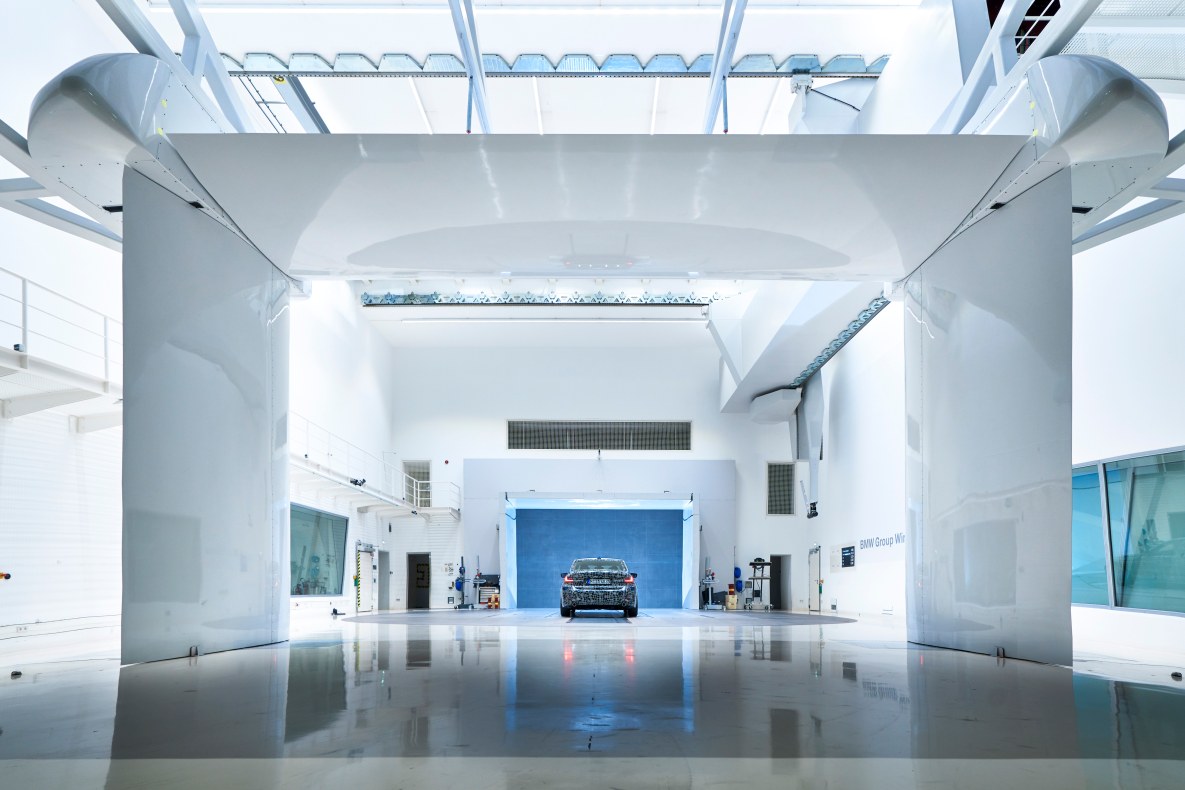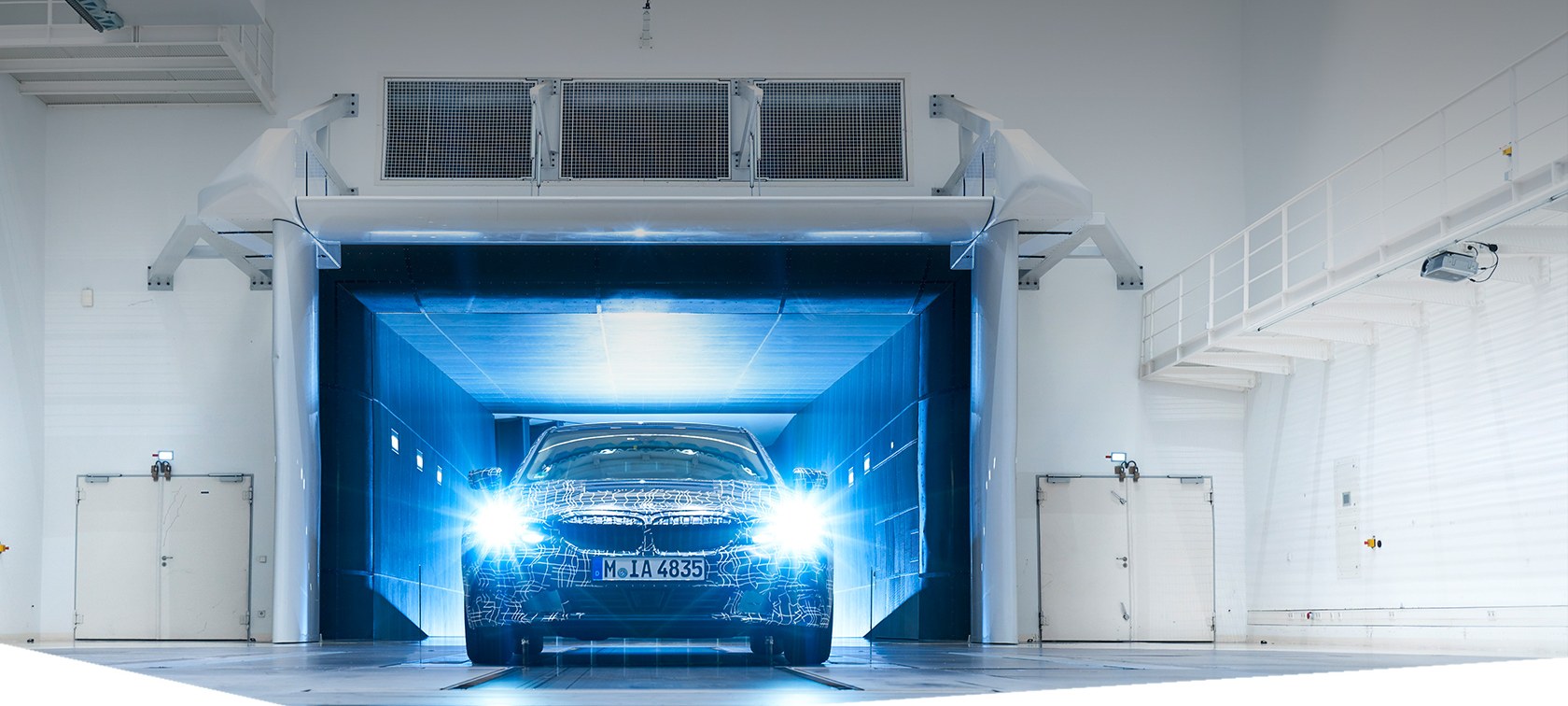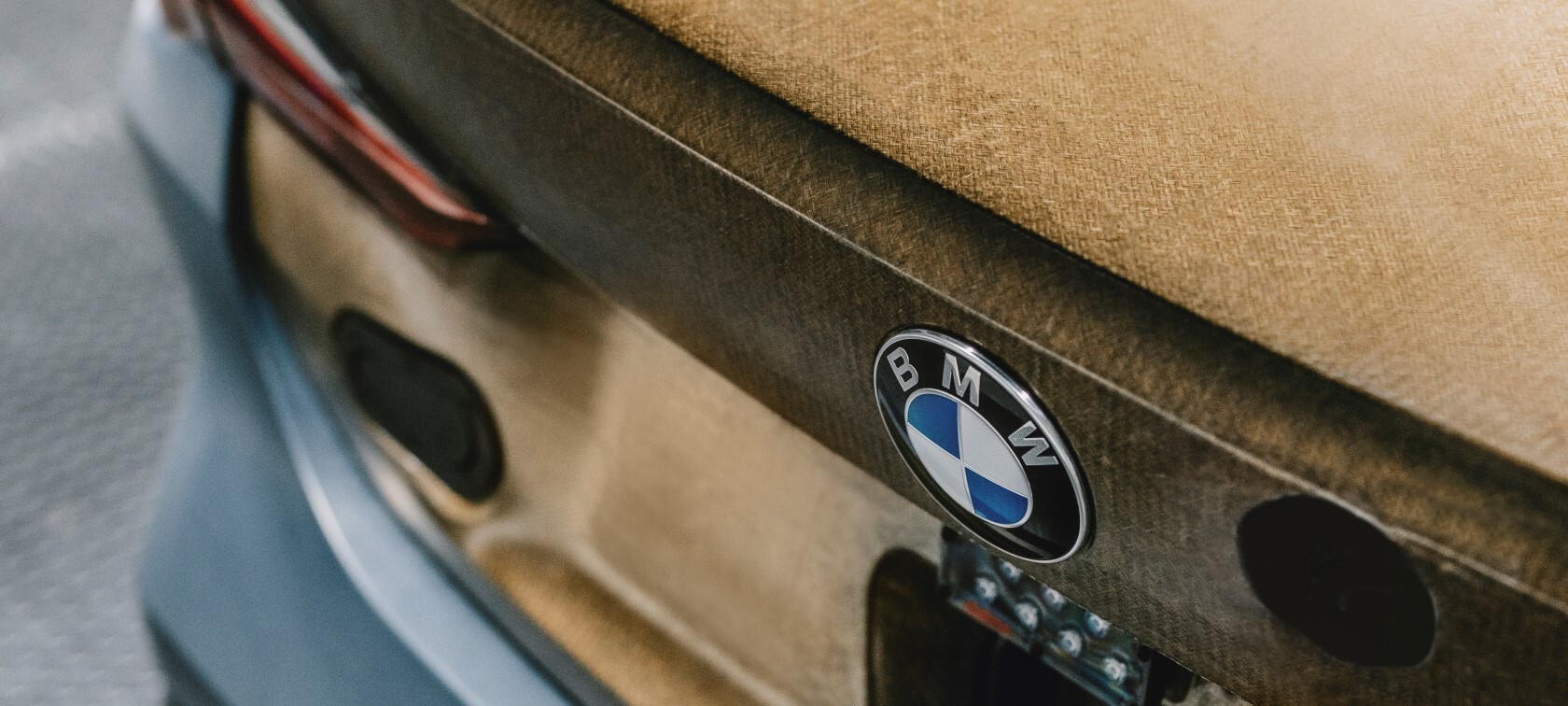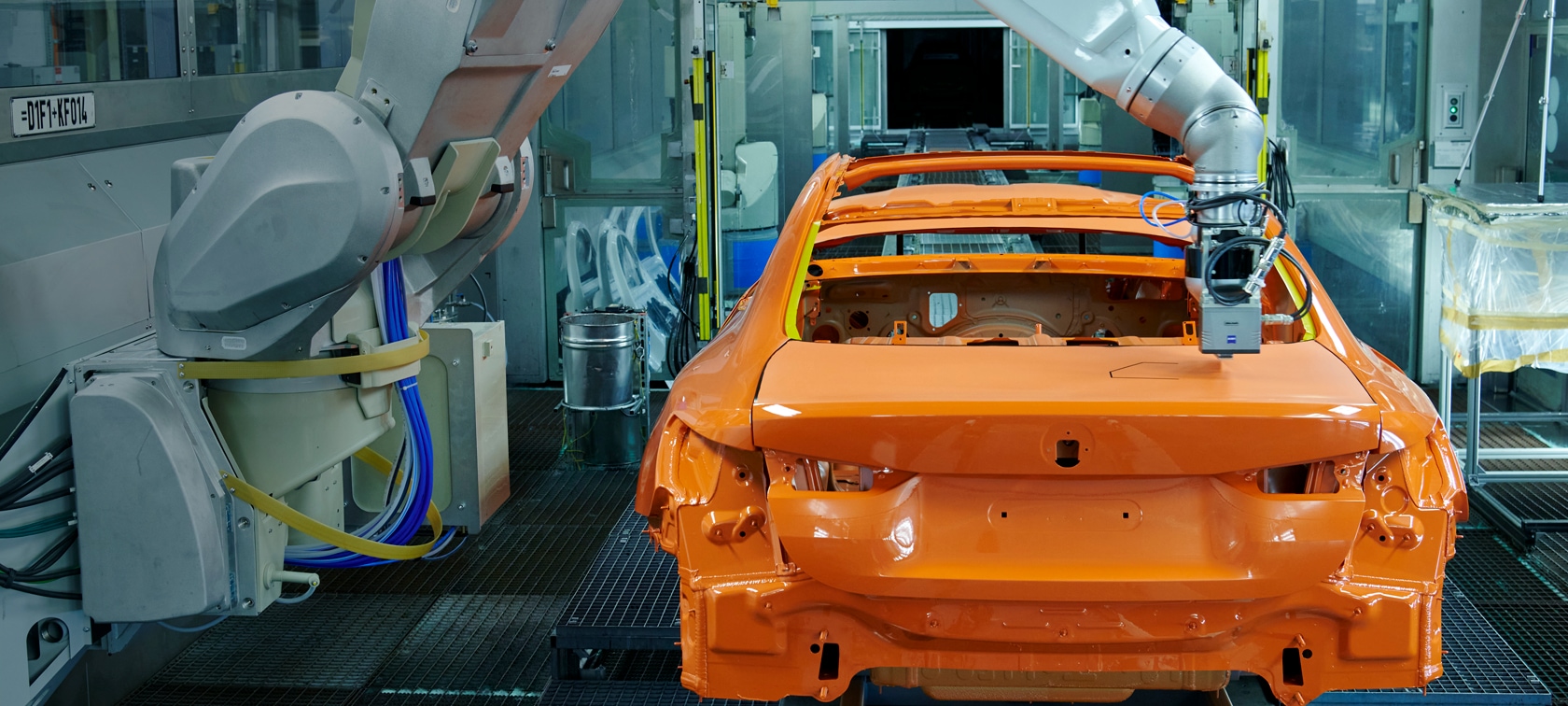The engine runs at full power, the wind whips across the bodywork and leaves the car stuck to the road; what sounds like a fast-paced test drive on the Nordschleife actually takes place in the BMW Group's AEROLAB. However, in this instance the engines are the turbines of the wind tunnel and the road is a one-millimetre thin stainless-steel treadmill.
Tests in the wind tunnel are among the highlights of the development of new cars. BMW operates several wind tunnels, including the AEROLAB in Munich. It’s here that we met Markus Schadow, the person responsible for aerodynamics and cooling at BMW M, as well as BMW aerodynamics expert Dr. Alexander Hennig.
WHO IS WHO.
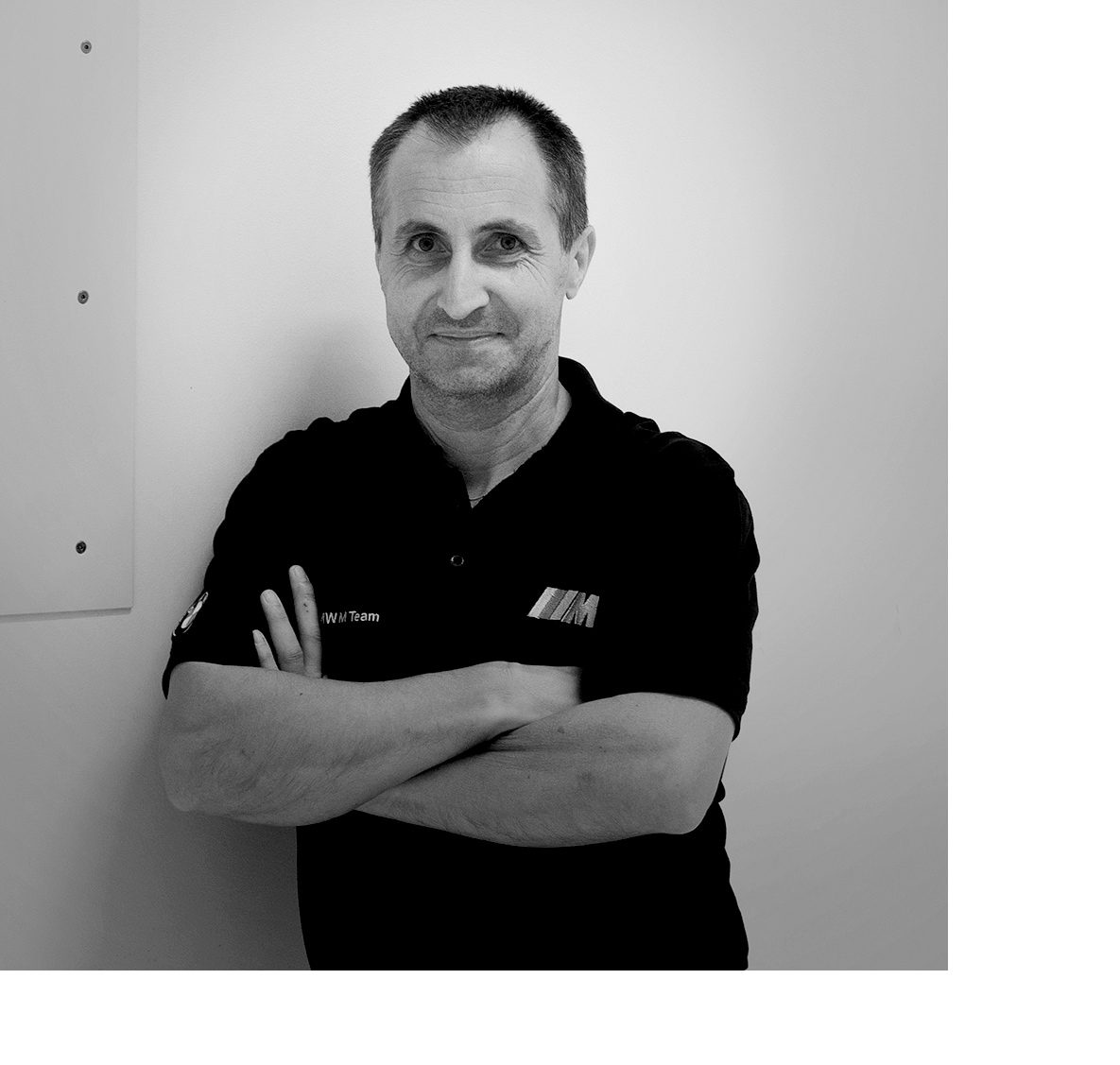
WHO IS WHO.
Markus Schadow
Development BMW, Functional Design and Integration
With the company for 20 years
What were your most important projects?
All M cars, preferably M2/M3/M4 and the respective special models!
What was your latest project?
The BMW M8.
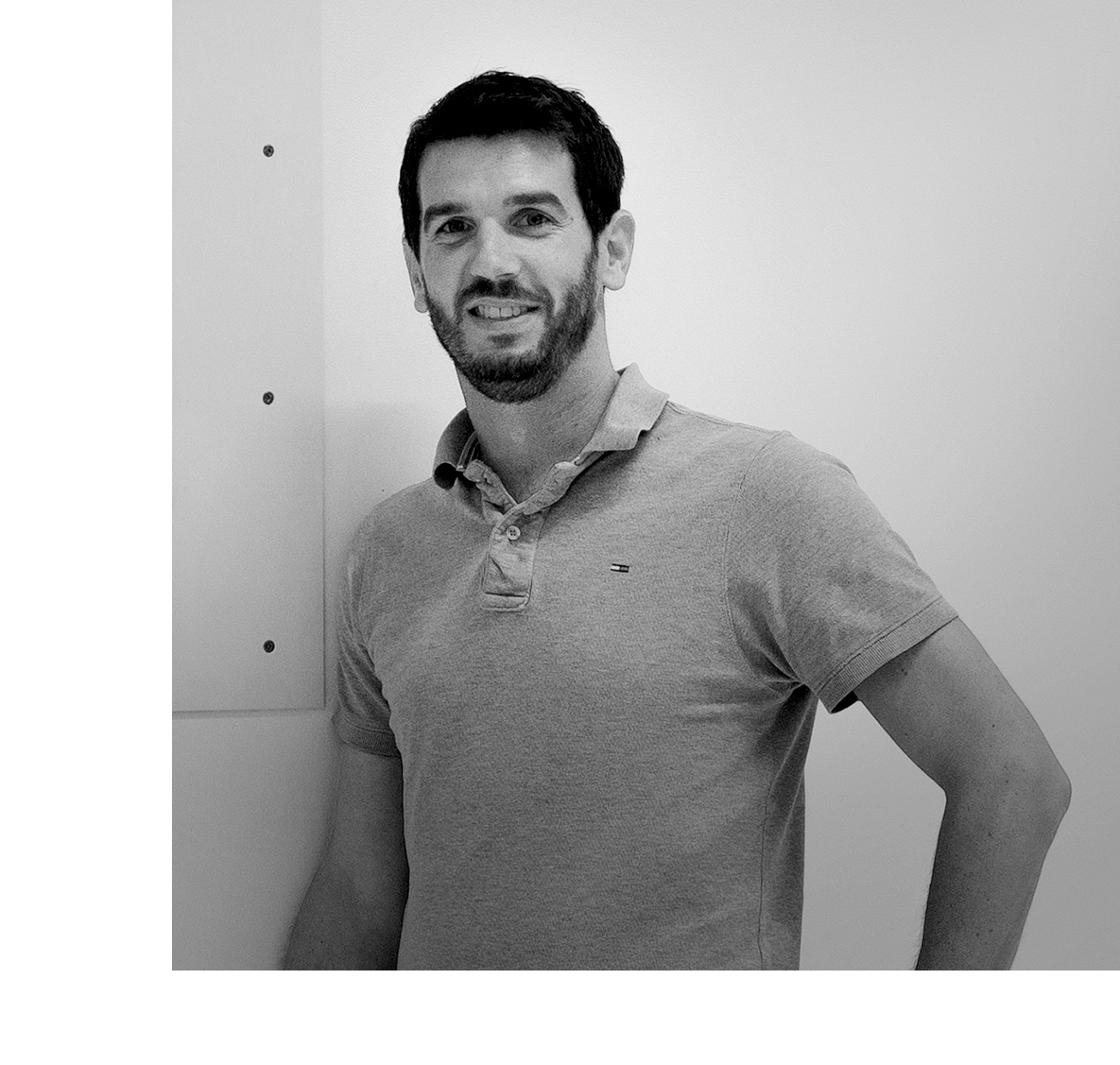
Dr. Alexander Hennig
Development BMW, Aerodynamics
With the company for five years.
What were your most important projects?
All BMW 3 Series models.
What was your latest project?
The BMW 3 Series Sedan and the 3 Series Touring.
BMW M Magazine: Aerodynamics is one of the most important aspects of vehicle body design. Is the wind tunnel test still a highlight of development for you?
Dr. Alexander Hennig: Vehicle development in the wind tunnel is definitely a highlight for me. Even in the very early phase of development, we are concerned with the driving characteristics of what will become the finished vehicle. In the later stages, the aerodynamic measures on the first prototype vehicles become increasingly detailed. It is always a special highlight when Markus tells me that the measures worked out in the wind tunnel are having a positive effect on the racetrack.
Markus Schadow: The wind tunnel is an important tool in the development process and, clearly, we really enjoy working here. But for me personally, the highlight is testing the almost finished vehicle on the racetrack.
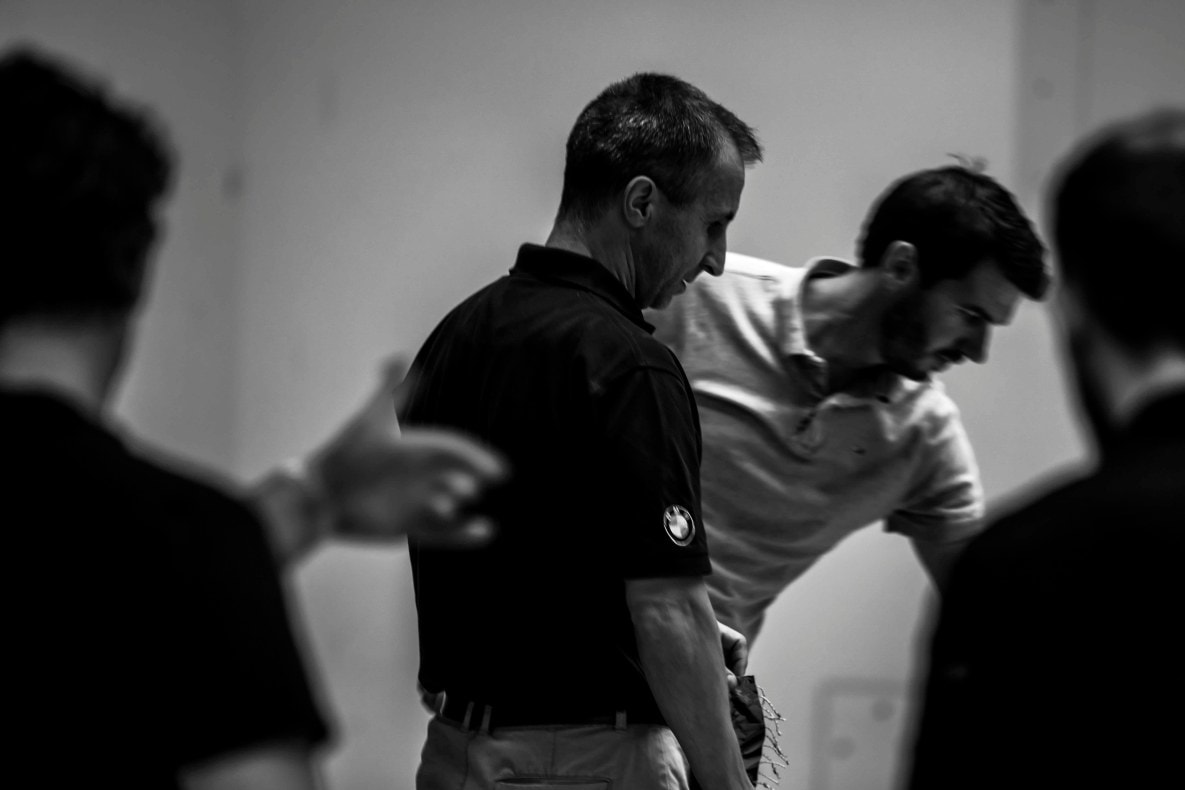

For a new BMW M vehicle, we will spend a good 200 working hours in the wind tunnel alone.
Which areas of a vehicle are most important for aerodynamics?
Dr. Alexander Hennig: The design of a vehicle’s front, underbody and cooling air ducts has a decisive influence. In these areas, we optimise the vehicle’s shape in the wind tunnel, sometimes to a matter of millimetres, in order to influence the flow of air in accordance with our design goals. In some places, this may mean that we make the vehicle’s shape rounder, for example, to prevent the flow from becoming detached. At other points, we deliberately bring tear-off edges to the vehicle, such as a front spoiler.
Are there any areas of a vehicle that you test more precisely for their aerodynamic properties today than in the past?
Dr. Alexander Hennig: The basic aerodynamic shape of the bodywork has improved continuously in recent decades. This makes other factors, such as the aerodynamic optimisation of the underbody and the aerodynamic design of the rims, tyres and add-on parts, all the more important today. It is in these areas in particular that much more detailed aerodynamic work is being done today than in the past.
How many hours of development time do you spend in the wind tunnel just for the aerodynamics of an area such as the front apron?
Dr. Alexander Hennig: It is difficult to break down the development time to individual components, because you always have to keep an eye on the whole vehicle. A change at the front of the vehicle can completely alter the flow around the rear – or vice versa. In general, the front and underbody of the vehicle take up 75 per cent of the development time in the wind tunnel.
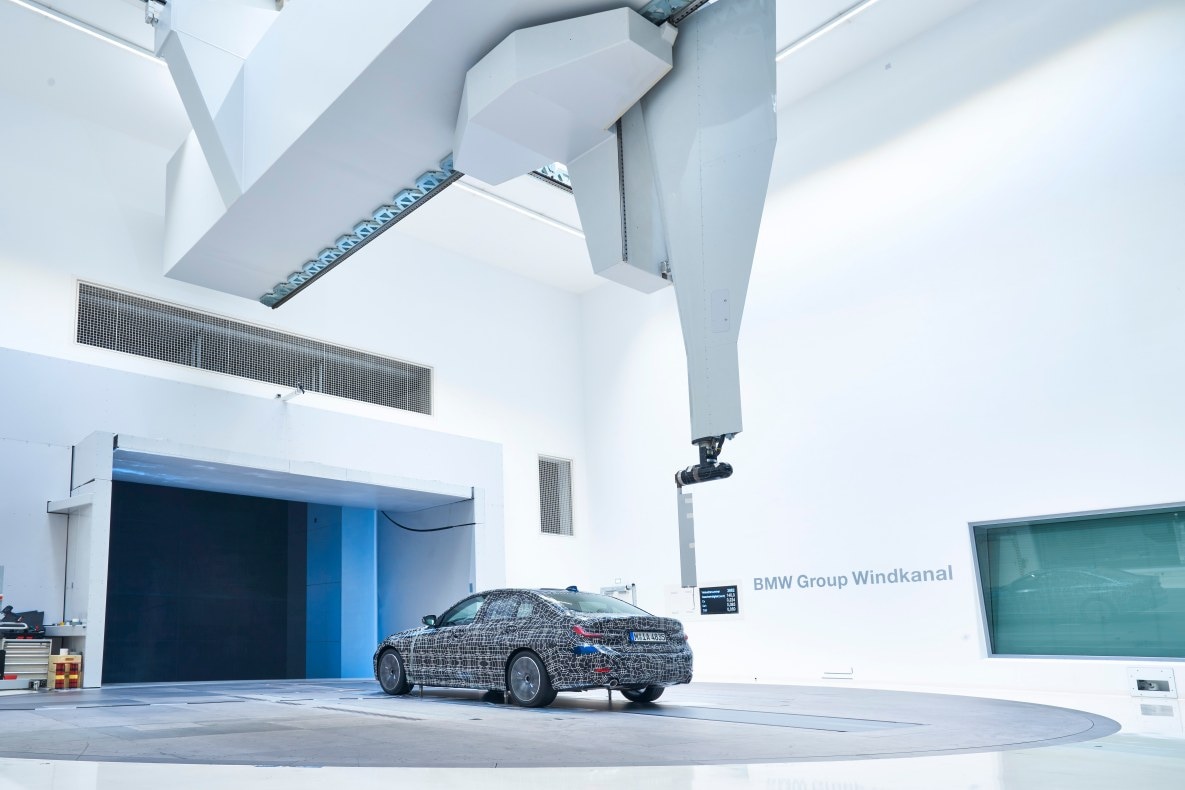
Do you and your colleagues occasionally have different opinions on how a component for a vehicle should be designed?
Markus Schadow: Of course, there are always different demands on the shape of a visible component. That's why we work together in teams to develop solutions that everyone can be satisfied with. After all, we all have the same goal.
Why is a real test in AEROLAB still so important despite all the computer simulations that are available today? Doesn‘t digitalisation and artificial intelligence make a wind tunnel obsolete now?
Markus Schadow: The fluid-mechanical simulations on the computer provide very good results when determining the air mass flows required for cooling, so that nowadays the use of the wind tunnel has been significantly reduced. However, when determining air resistance and lift or downforce, simulations can only provide preliminary assessments based on measurements taken in the wind tunnel. We will not be able to replace those wind tunnel measurements in the foreseeable future.
Dr. Alexander Hennig: That's right. The use of computer simulations is particularly valuable in the early stages of development, as we can make fundamental changes to the vehicle more easily in the digital world. With each simulation we gain comprehensive knowledge of the flow field around the vehicle. This enables us to deliver reliable results long before the physical hardware for wind tunnel testing is available.
In the later phase, the focus of the computer simulation is on the flow through the vehicle (cooling of the car). The great advantage of the wind tunnel in this phase is that we can observe many changes in a very short time and very quickly get to know the behaviour of the car and develop solution scenarios.
In my opinion, there will be no completely virtual aerodynamics development in the near future. The real art is to efficiently combine and correctly interpret the findings from the wind tunnel and computer simulation in order to use them to optimise the vehicle.
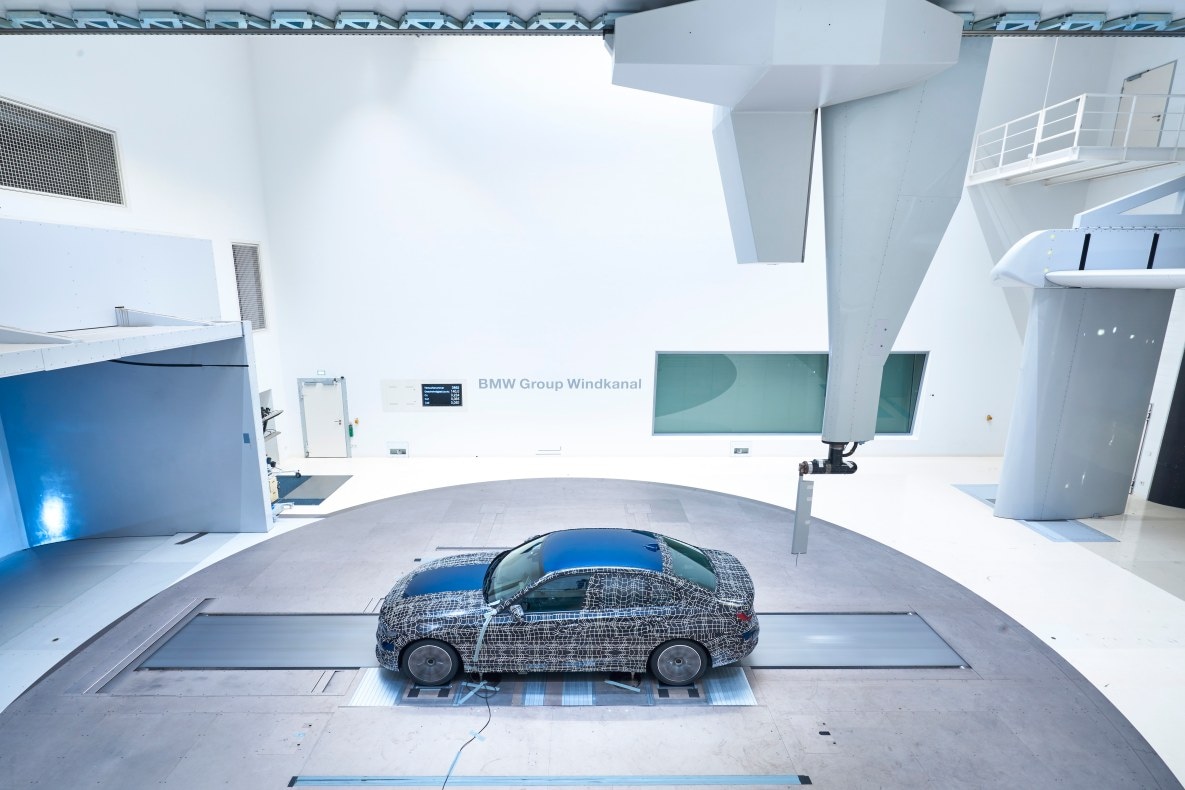
Have there been or are there any vehicles that you, as aerodynamics developers, particularly enjoyed?
Markus Schadow: This is the case with the majority of our projects, particularly with special models, where you can really "let off steam" when tuning the vehicle’s set-up, due to the even stronger orientation towards racetrack use.
Our readers naturally want a glimpse into the future: which models are you currently working on?
Markus Schadow: Of course, we are not allowed to give out exact information yet. But one thing is certain: the model we are currently testing is one of the sportiest models that BMW M GmbH has to offer.
Markus, Alexander, thank you very much for the interview!
